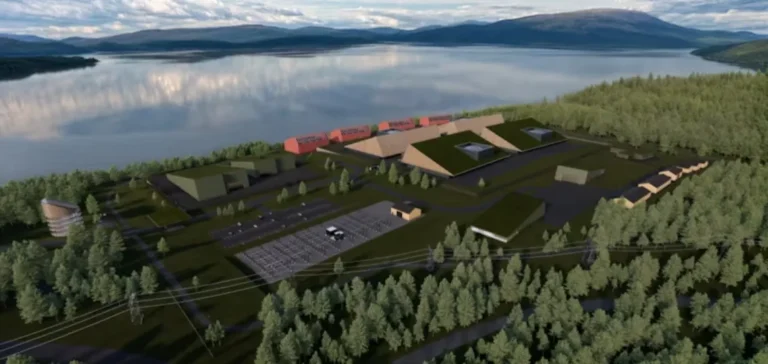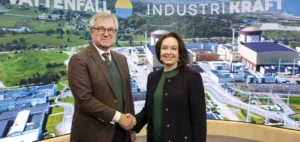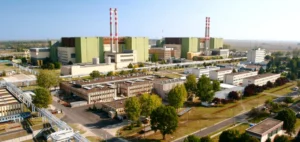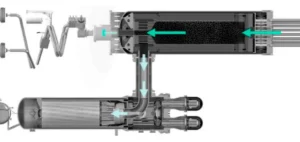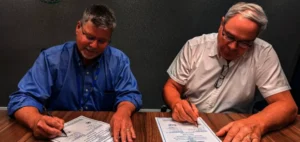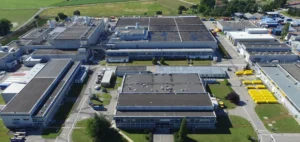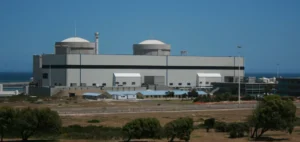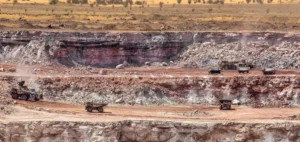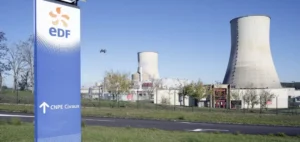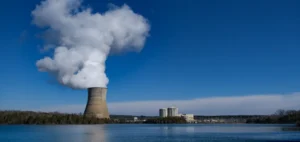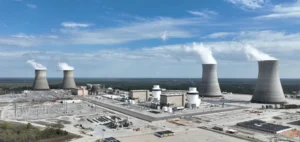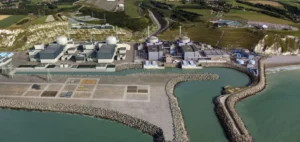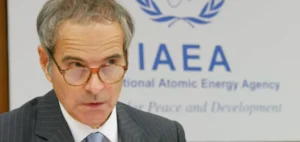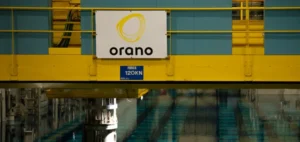Norwegian regulatory authorities have proposed an environmental impact assessment (EIA) programme for a small modular reactor (SMR) nuclear power plant in the municipalities of Aure and Heim. The project, led by developer Norsk Kjernekraft, would represent the country’s first civilian nuclear initiative in decades. The facility, planned at the Taftøy industrial park, could generate up to 12.5 TWh of electricity annually if fully built.
First regulatory step for nuclear energy
Three public agencies – the Norwegian Water Resources and Energy Directorate (NVE), the Norwegian Radiation and Nuclear Safety Authority (DSA) and the Norwegian Directorate for Civil Protection (DSB) – have been tasked with setting out the framework for the assessment. The request came from the Ministries of Energy, Health and Care Services, Justice and Public Security, and Climate and Environment. The preparatory document defines the topics that the developer must study before applying for permits or licences.
According to the DSA, “the assessment programme aims to ensure that environmental and social impacts are considered in the decision-making process.” The Energy Directorate stated that the proposed recommendations will now be reviewed by the ministries to determine the next regulatory steps.
Austrheim joins the initiative with a second project
In parallel, Norsk Kjernekraft announced a second project in partnership with the municipality of Austrheim, located in Vestland County. The joint venture, operating under the name Fensfjorden Kjernekraft AS, has formally submitted a notification to the Ministry of Energy with a similar assessment proposal for a new nuclear power plant in the area.
The Austrheim project marks the official start of the regulatory phase for another nuclear site, separate from Aure and Heim. This expansion of initiatives comes as the government, in June 2024, appointed a committee to conduct a nationwide review of the conditions for developing nuclear energy. The committee’s report is due on 1 April 2026.
Towards a national rather than local approach
Regulators have stressed that a coordinated national strategy should take precedence over isolated local initiatives. “Nuclear development must be framed within a national coordinated approach rather than through specific local projects,” said DSA Director Per Strand, referring to recommendations from the International Atomic Energy Agency (IAEA).
The DSA added that while the assessment requirements are designed for the Taftøy site, they could also be relevant for other future facilities. Regulatory conditions impose strict safety and security standards to minimise potential impacts on people and the environment.


